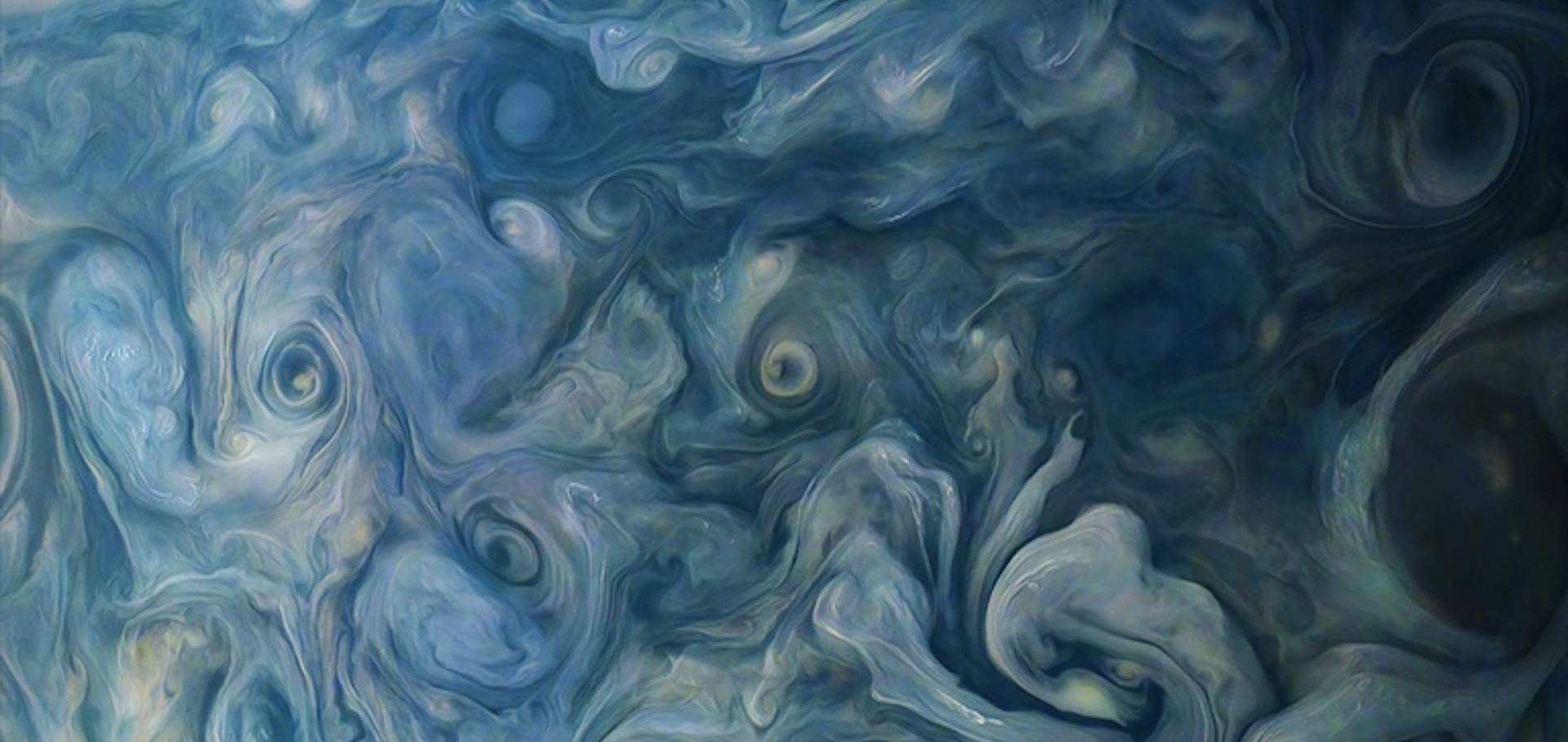MICHI: a thermal-infrared instrument for the TMT
SPIE, the international society for optics and photonics 10702 (2018) 10702a0
Exoplanet Atmospheres at High Spectral Resolution
ArXiv 1806.04617 (2018)
Abstract:
The spectrum of an exoplanet reveals the physical, chemical, and biological processes that have shaped its history and govern its future. However, observations of exoplanet spectra are complicated by the overwhelming glare of their host stars. This review chapter focuses on high resolution spectroscopy (HRS; R=25,000-100,000), which helps to disentangle and isolate the exoplanet's spectrum. At high spectral resolution, molecular features are resolved into a dense forest of individual lines in a pattern that is unique for a given molecule. For close-in planets, the spectral lines undergo large Doppler shifts during the planet's orbit, while the host star and Earth's spectral features remain essentially stationary, enabling a velocity separation of the planet. For slower-moving, wide-orbit planets, HRS aided by high contrast imaging instead isolates their spectra using their spatial separation. The lines in the exoplanet spectrum are detected by comparing them with high resolution spectra from atmospheric modelling codes; essentially a form of fingerprinting for exoplanet atmospheres. This measures the planet's orbital velocity, and helps define its true mass and orbital inclination. Consequently, HRS can detect both transiting and non-transiting planets. It also simultaneously characterizes the planet's atmosphere due to its sensitivity to the depth, shape, and position of the planet's spectral lines. These are altered by the planet's atmospheric composition, structure, clouds, and dynamics, including day-to-night winds and its rotation period. This chapter describes the HRS technique in detail, highlighting its successes in exoplanet detection and characterization, and concludes with the future prospects of using HRS to identify biomarkers on nearby rocky worlds, and map features in the atmospheres of giant exoplanets.A Framework for Prioritizing the TESS Planetary Candidates Most Amenable to Atmospheric Characterization
(2018)
Low-mass eclipsing binaries in the WFCAM Transit Survey: the persistence of the M-dwarf radius inflation problem
Monthly Notices of the Royal Astronomical Society Oxford University Press 476:4 (2018) 5253-5267
Abstract:
We present the characterization of five new short-period low-mass eclipsing binaries (LMEBs) from the WFCAM Transit Survey. The analysis was performed by using the photometric WFCAM J-mag data and additional low- and intermediate-resolution spectroscopic data to obtain both orbital and physical properties of the studied sample. The light curves and the measured radial velocity curves were modelled simultaneously with the JKTEBOP code, with Markov chain Monte Carlo simulations for the error estimates. The best-model fit have revealed that the investigated detached binaries are in very close orbits, with orbital separations of 2.9 ≤ a ≤ 6.7 R⊙ and short periods of 0.59 ≤ Porb ≤ 1.72 d, approximately. We have derived stellar masses between 0.24 and 0.72 M⊙ and radii ranging from 0.42 to 0.67 R⊙. The great majority of the LMEBs in our sample has an estimated radius far from the predicted values according to evolutionary models. The components with derived masses of M < 0.6 M⊙ present a radius inflation of ∼9 per cent or more. This general behaviour follows the trend of inflation for partially radiative stars proposed previously. These systems add to the increasing sample of low-mass stellar radii that are not well-reproduced by stellar models. They further highlight the need to understand the magnetic activity and physical state of small stars. Missions like TESS will provide many such systems to perform high-precision radius measurements to tightly constrain low-mass stellar evolution models.Low-mass eclipsing binaries in the WFCAM Transit Survey: the persistence of the M-dwarf radius inflation problem
(2018)


